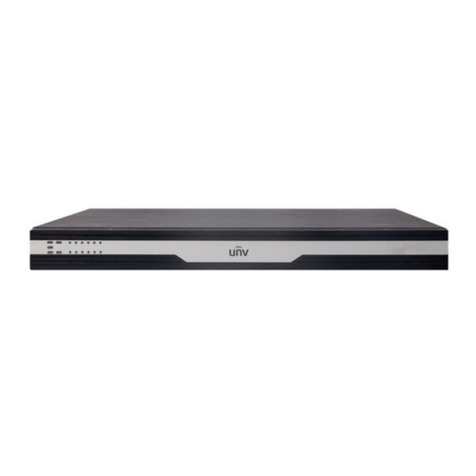
i
Contents
1 Overview..............................................................................................1
Appearance ...................................................................................................1
LEDs...............................................................................................................2
Main Ports.....................................................................................................4
2 Installing the Device .............................................................................7
Preparation ...................................................................................................7
Checking the Device Package ...............................................................7
Checking the Installation Environment.................................................7
Cable Requirements .............................................................................7
Installation Flow Chart ................................................................................10
Installing the Device in a Rack.....................................................................11
Preparing for the Installation..............................................................11
Installing the Mounting Brackets........................................................11
Installing the Device in the Rack.........................................................12
Verifying the Installation ....................................................................13
Installing the Device on a Workbench ........................................................14
Preparation for the Installation ..........................................................14
Installation Procedure ........................................................................14
Connecting Cables.......................................................................................14
Cabling Requirements ........................................................................14
Example for Connecting Cables ..........................................................15
Connecting the Ground Wire..............................................................17
Connecting the Audio Cables and Alarm Cables.................................18
Connecting video cables .....................................................................20
Connecting Network Cables ...............................................................21
Connecting the AC Power Cord ..........................................................21




























